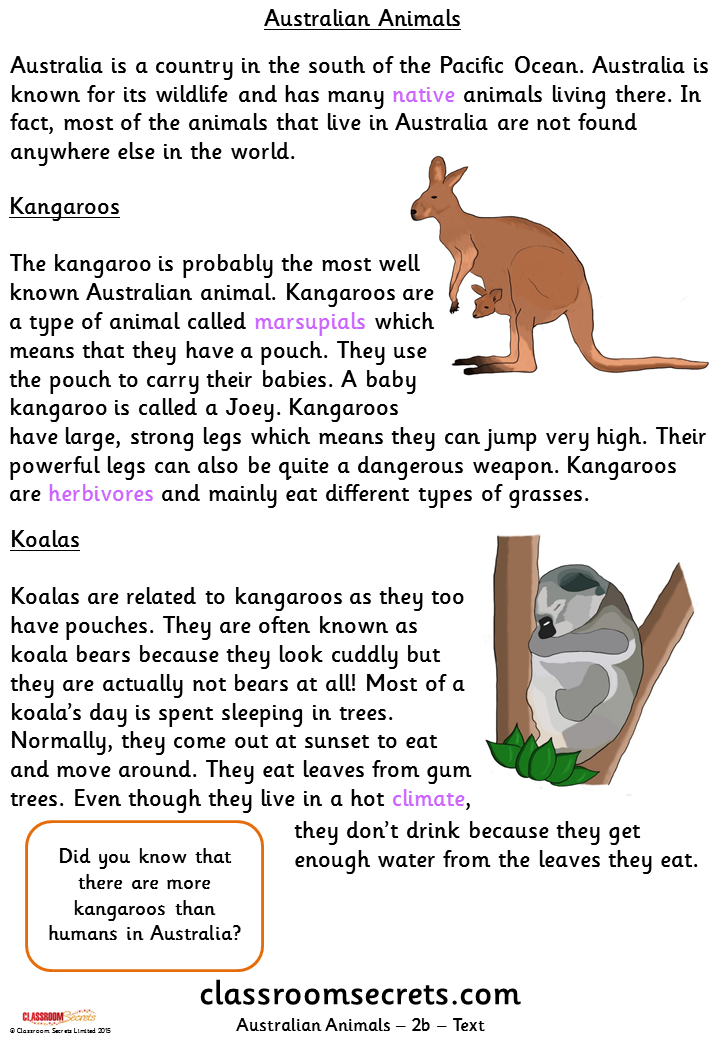

Various start dates for the Anthropocene have been proposed, ranging from the beginning of the Agricultural Revolution 12,000–15,000 years ago, to as recently as the 1960s. This time period coincides with the start of the Great Acceleration, a post-WWII time period during which socioeconomic and Earth system trends increase at a dramatic rate, and the Atomic Age. In May 2019, the AWG voted in favour of submitting a formal proposal to the ICS by 2021, locating potential stratigraphic markers to the mid-twentieth century of the common era.

Īs of April 2022, neither the International Commission on Stratigraphy (ICS) nor the International Union of Geological Sciences (IUGS) has officially approved the term as a recognised subdivision of geologic time, although the Anthropocene Working Group (AWG) of the Subcommission on Quaternary Stratigraphy (SQS) of the ICS voted in April 2016 to proceed towards a formal golden spike (GSSP) proposal to define the Anthropocene epoch in the geologic time scale (GTS) and presented the recommendation to the International Geological Congress in August 2016. So none of the above is the correct answer.The Anthropocene ( / ˈ æ n θ r ə p ə ˌ s iː n, æ n ˈ θ r ɒ p ə-/ AN-thrə-pə-seen, an- THROP-ə-) is a proposed geological epoch dating from the commencement of significant human impact on Earth's geology and ecosystems, including, but not limited to, anthropogenic climate change. Hence, we can conclude that Children whose mental age is less than their chronological age are called retarded.

For example, a 13-year-old person’s IQ who has a mental age of 16.Ģ.

Mental age is higher than chronological age Important PointsThere are three situations of comparison between mental age and chronological age:-ġ.


 0 kommentar(er)
0 kommentar(er)
